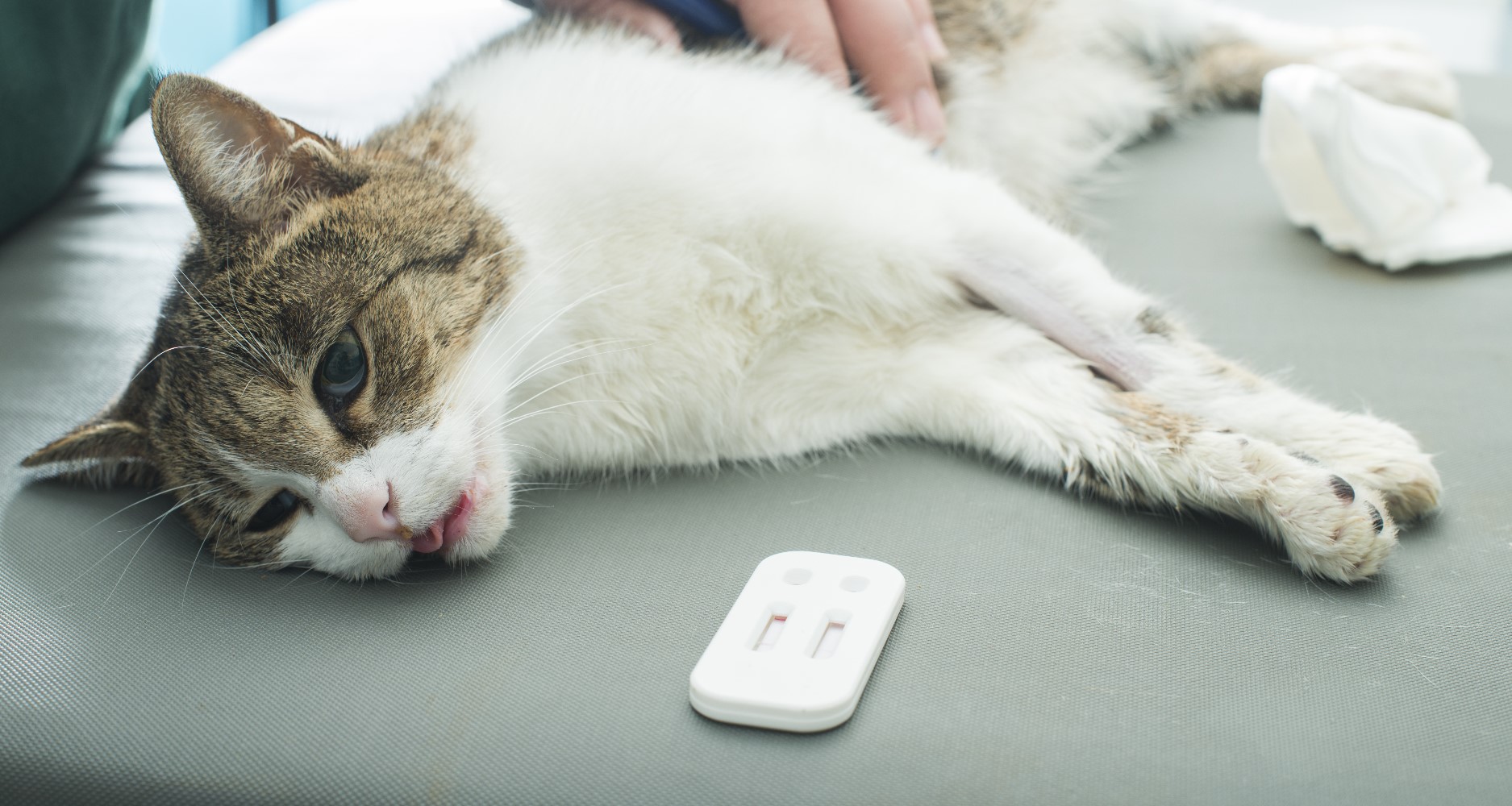HEALTH & WELLNESS

VOTING BOOTH

TRENDING

LIONS FOUNDATION OF CANADA DOG GUIDES
Lions Foundation of Canada Dog Guides and its founding program, Canine Vision Canada, was established in 1983. It’s the largest school of its kind in Canada with its training school in Oakville and breeding facility in Breslau.
FACES OF PAIN

Is Your Pet in Pain?
Pets Often Mask Pain
When we humans are in pain, we generally talk about it. Your dog or cat can’t tell you where or how much it hurts and usually mask their pain. Animals have evolved to withdraw and hide the signs of pain because any display would put them at risk with predators.
Identifying Pain is Important
Paying attention to the little clues that indicate your pet is hurting is very important because unrecognized and untreated pain may lead to other health issues, such as immune suppression, digestive troubles and insomnia.
Clues That May Indicate Your Pet Is in Pain
Whether the pain is predictable, as a result of surgery, injury, etc., or chronic, such as joint pain especially in older dogs, there will be physical and behavioural changes that can be identified. It’s crucial to uncover aches and pains early before other complications arise.
Signs of pain in dogs can include:
- A sad or tense facial expression
- Yelping, whimpering or whining more
- Restlessness
- Limping or crouching
- Changes in eating and drinking patterns
- Sleeping more
- Changes in affection patterns – not greeting you as usual and interacting less
- Shaky legs or trembling
- Difficulty rising or lying down
- Difficulty in urinating or defecating
- Difficulty going up and down stairs or jumping
- Aggression – growling, pinning their ears back, and even biting
- Generally avoiding the things that they would normally like to do
Signs of pain in cats can include:
- Trouble using the litter box
- Hunching – sitting or walking in a hunched position
- Changes in behaviour, such as sleeping more
- A decrease in appetite
- Not being able to jump up on a bed or couch
- Increased or decreased grooming or not wanting to be groomed
- Changes in appearance – cat becoming greasy or scruffy
- Hiding – not wanting to interact with their family
- An aggressive reaction to touch, such as biting
Don’t let your pet hide pain from you. If you recognize these signs of pain, contact your Veterinary Healthcare Team right away for an evaluation. If necessary, a pain management protocol will be initiated so that your pet can get back to activities and keep moving for a healthier and happier life.
![]() Pain & Inflammation can be silent! If your dog/cat is showing any warning signs of disease, BOOK AN APPOINTMENT WITH YOUR VETERINARIAN TODAY TO LEARN MORE & TO GET THEM THE TREATMENT THEY NEED! Find a veterinarian near you.
Pain & Inflammation can be silent! If your dog/cat is showing any warning signs of disease, BOOK AN APPOINTMENT WITH YOUR VETERINARIAN TODAY TO LEARN MORE & TO GET THEM THE TREATMENT THEY NEED! Find a veterinarian near you.








